
Kawasaki Ninja 400 vs KTM RC 390 - Specs Compared
- Jun 27, 2022
- Views : 14749

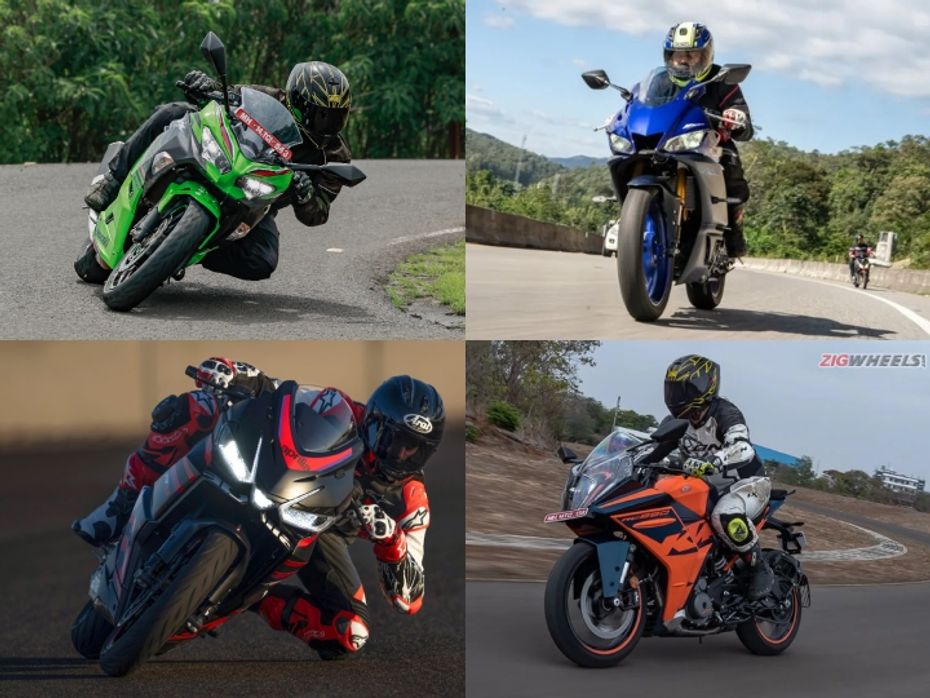
Yamaha has FINALLY launched the R3 in India (once again) and we’re very excited for it. And that, combined with the recent launch of the Aprilia RS 457, means we just HAD to pit the four best bikes in this segment – the KTM RC 390, Kawasaki Ninja 400 and the aforementioned two – against each other to see which one comes out on top. Here’s how that went:
|
Specifications |
Yamaha R3 |
Aprilia RS 457 |
KTM RC 390 |
Kawasaki Ninja 400 |
|
Engine |
321cc liquid-cooled parallel-twin engine |
457cc liquid-cooled parallel-twin engine |
373cc liquid-cooled single-cylinder engine |
399cc liquid-cooled parallel-twin engine |
|
Power |
42PS @ 10,750rpm |
47.6PS @ 9400rpm |
43.5PS @ 9000rpm |
45PS @ 10,000rpm |
|
Torque |
29.5Nm @ 9000rpm |
43.5Nm @ 6700rpm |
37Nm @ 7000rpm |
37Nm @ 8000rpm |
|
Gearbox |
6-speed |
6-speed |
6-speed |
6-speed |

There is a very clear winner here (at least on paper), and it’s obviously the Aprilia RS 457. Its displacement advantage means it makes the most power and torque here. And even more importantly, it makes its peak torque at 6700rpm – the lowest of the lot – which should ideally ensure ample bottom-end grunt without compromising its top-end whack. That very characteristic can also be seen in the RS 457’s near square (almost identical bore and stroke figures) engine configuration, as that offers an ideal balance between high-end power and low-end torque.
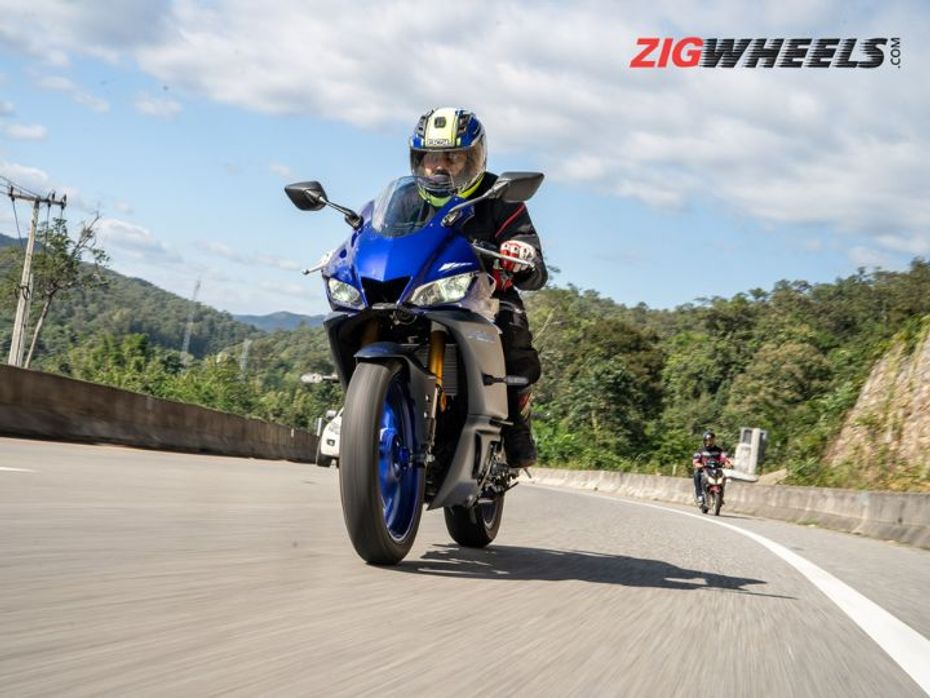
Both the Japanese bikes are high-revving ones and you will need to rev them out to make them feel exciting. The RC 390 is rev-happy too, but with all the updates its engine got last year, its torque is much more spread out, so it now feels a lot more tractable and versatile. More about that in our real-world road test review.
|
Specifications |
Yamaha R3 |
Aprilia RS 457 |
KTM RC 390 |
Kawasaki Ninja 400 |
|
Front suspension |
Inverted Fork (130mm travel) |
Preload-adjustable inverted fork (120mm travel) |
Inverted fork |
Telescopic Fork (120mm travel) |
|
Rear suspension |
Monoshock (125mm travel) |
Preload-adjustable monoshock (130mm travel) |
Preload-adjustable monoshock |
Monoshock (130mm travel) |
|
Front brake |
298mm disc |
320mm disc |
320mm disc |
286mm disc |
|
Rear brake |
220mm disc |
220mm disc |
230mm disc |
193mm disc |
|
Front tyre |
110/70 - R17 |
110/70 - 17 |
110/70 - 17 |
110/70 - 17 |
|
Rear tyre |
140/70 - R17 |
150/60 - 17 |
150/60 - 17 |
150/60 - 17 |

While all the bikes are pretty closely stacked here, the RS 457’s preload adjustability for its fork should give it a slight edge over the other three. Riders of varying weight should be able to tune it to find the perfect setup for themselves. Interestingly, the R3 also packs the skinniest rear tyre and during our first ride last month, we found its tyres to be a bit lacking. So if you’re a serious rider, we recommend a tyre upgrade.
|
Specifications |
Yamaha R3 |
Aprilia RS 457 |
KTM RC 390 |
Kawasaki Ninja 400 |
|
Wheelbase |
1380mm |
NA |
NA |
1370mm |
|
Ground clearance |
160mm |
NA |
153mm |
140mm |
|
Fuel tank capacity |
14 litres |
13 litres |
13.7 litres |
14 litres |
|
Seat height |
780mm |
800mm |
835mm |
785mm |
|
Kerb weight |
169kg |
175kg |
172kg |
168kg |
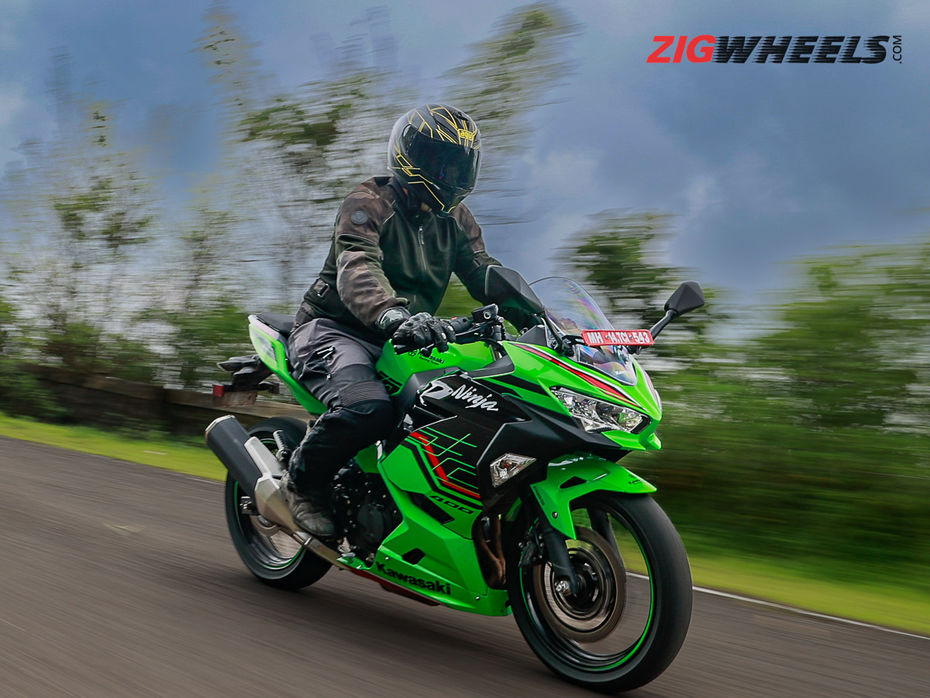
The Japanese bikes come out as the more practical ones of the lot with their low seat heights, manageable kerb weights, and big fuel tanks. Now, yes, the Ninja 400’s 140mm ground clearance might be a bit concerning but we found it to be ample for most situations when we tested it out last year.
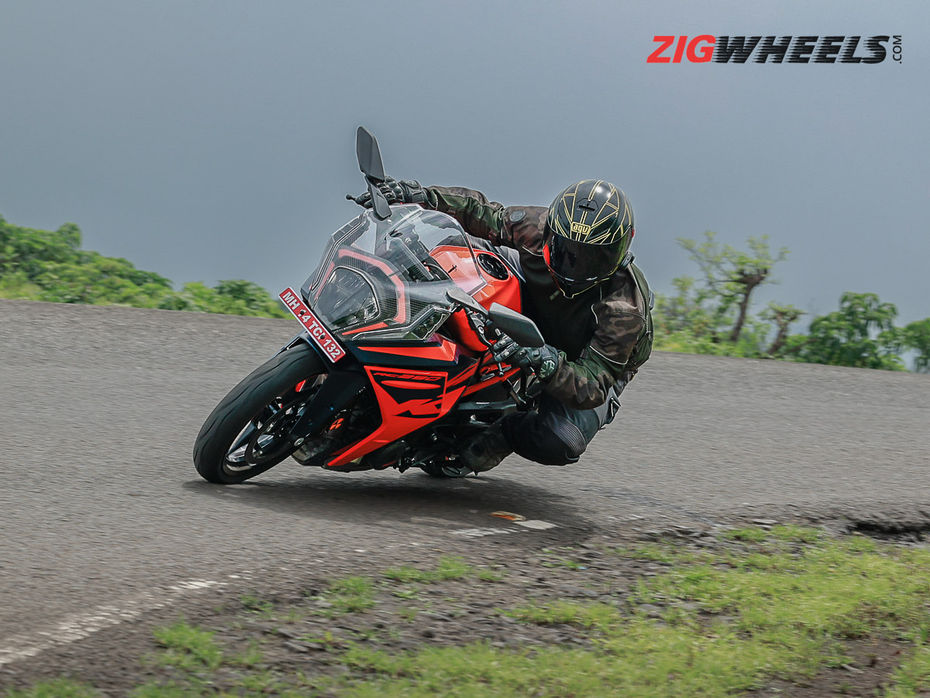
The elephant in this room, then, is the RC 390’s 835mm seat height, which seems very daunting on paper, especially when you compare it to that of the other three. That said, every time we’ve ridden it, even the shorter boys have been comfortable enough, so it isn’t something worth worrying about.
|
Yamaha R3 |
Aprilia RS 457 |
KTM RC 390 |
Kawasaki Ninja 400 |
|
|
TFT Console |
No |
Yes |
Yes |
No |
|
Bluetooth Connectivity |
No |
Yes (Optional) |
Yes |
No |
|
Slipper Clutch |
No |
Yes |
Yes |
Yes |

Unsurprisingly, the Japanese bikes have turned out to be the most old-school of the lot. Both, the R3 and the Ninja 400, get none of the fancy electronics. The R3 doesn’t even have a slipper clutch, something that’s considered standard equipment in this segment. And it’s even funnier when you realise that the R15 V4 (a bike with half the R3’s displacement) offers a TFT console on its top-spec variant, an accessory quickshifter, and traction control, a slipper clutch, as well as VVA (Variable Valve Actuation) as standard fitment.
|
Yamaha R3 |
Aprilia RS 457 |
KTM RC 390 |
Kawasaki Ninja 400 |
|
Rs 4,64,900 |
Rs 4.10 lakh |
Rs 3,18,173 |
Rs 5.24 lakh |
(all prices ex-showroom Delhi)
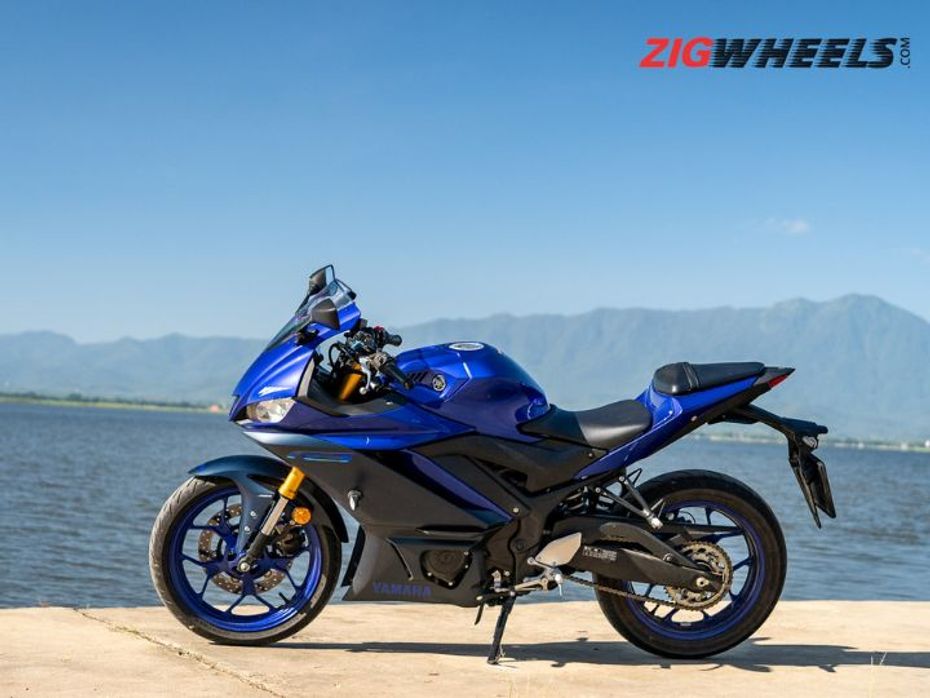
Here, surprisingly, the Japanese bikes are once again similar, but in an unpleasant way; Owing to them coming through the CBU (Completely Built Up) route, they’re the priciest of the lot. While the Ninja 400’s Rs 5.24 lakh price tag remains inexplicable, even the R3’s Rs 4.64,900 price is quite hard to justify. Yes, it’s coming through the CBU (Completely Built Up) route but the Aprilia RS 457 packs a lot more (on paper) at a much lower price, which is all down to the fact that it’s produced locally at the bikemaker’s facility at Baramati, Maharashtra.
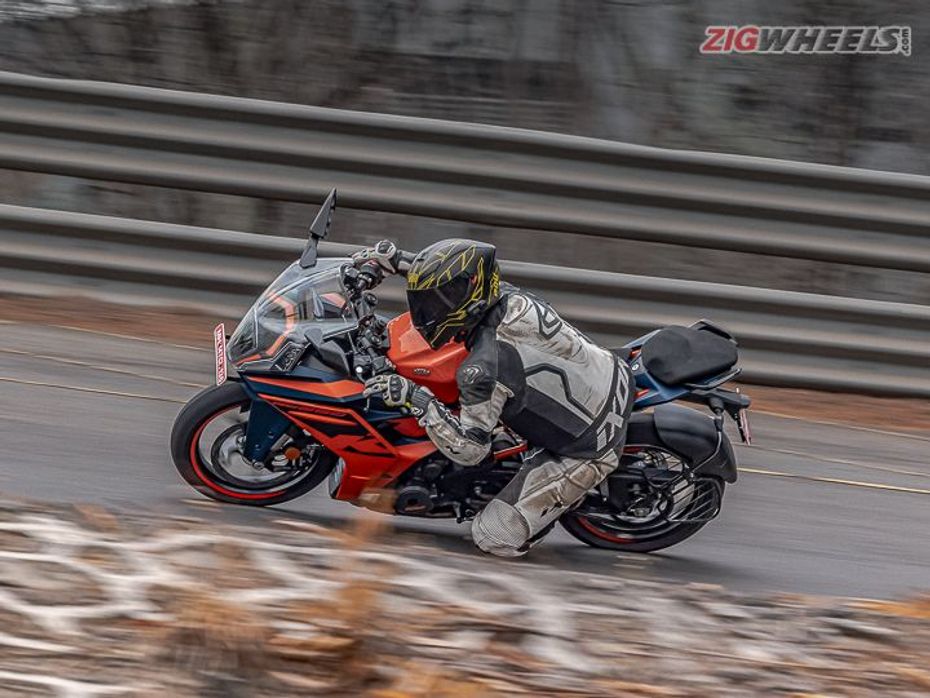
And finally, if you’re on an even tighter budget, the RC 390 is not only arguably the best single-cylinder bike in its segment, but at Rs 3.18 lakh, is also pretty good value for money too (all prices ex-showroom).
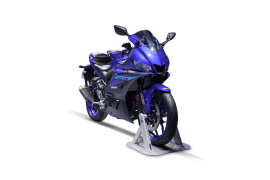

Kawasaki Ninja 400 vs KTM RC 390 - Specs Compared

2022 KTM RC 390 vs TVS Apache RR 310 BTO vs Kawasaki Ninja 300:...

Honda CBR400R vs KTM RC 390: Battle Of The Small Sportbikes

Royal Enfield Continental GT 650 vs Harley-Davidson Street Rod: Spec...

Yamaha MT-03: Old vs New - What's Different?

2025 Yamaha R3 And 2025 Yamaha MT-03 Coming To India?

2025 Yamaha R9 And 2025 Yamaha R3 Unveiled Globally

Yamaha R3 and MT-03 Accessories Price List Revealed

The Yamaha R3 And MT-03 Have Landed!

Yamaha R3 And MT-03 India Launch Less Than A Month Away!
 KTM RC 390
KTM RC 390
 Royal Enfield Continental GT 650
Royal Enfield Continental GT 650
 Kawasaki Ninja 300
Kawasaki Ninja 300
 Yamaha MT-03
Yamaha MT-03
India's largest automotive community
 Yamaha MT 15 V2
Rs. 1.69 Lakh
Yamaha MT 15 V2
Rs. 1.69 Lakh
 Yamaha R15 V4
Rs. 1.82 Lakh
Yamaha R15 V4
Rs. 1.82 Lakh
 Yamaha yzf r15 v3
Rs. 1.66 Lakh
Yamaha yzf r15 v3
Rs. 1.66 Lakh
 yamaha fz s fi version 3
Rs. 1.22 Lakh
yamaha fz s fi version 3
Rs. 1.22 Lakh
 Yamaha fzs fi v4
Rs. 1.30 Lakh
Yamaha fzs fi v4
Rs. 1.30 Lakh
 Yamaha Ray ZR 125
Rs. 85,830
Yamaha Ray ZR 125
Rs. 85,830
 Yamaha Aerox 155
Rs. 1.49 Lakh
Yamaha Aerox 155
Rs. 1.49 Lakh
 Yamaha Fascino 125
Rs. 80,700
Yamaha Fascino 125
Rs. 80,700